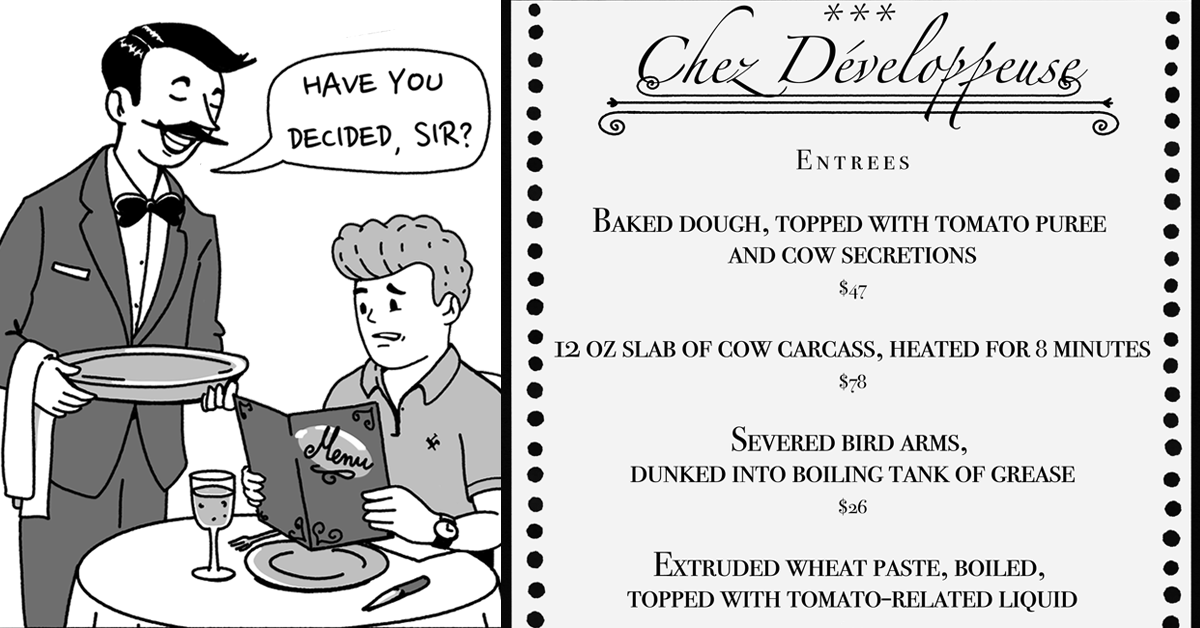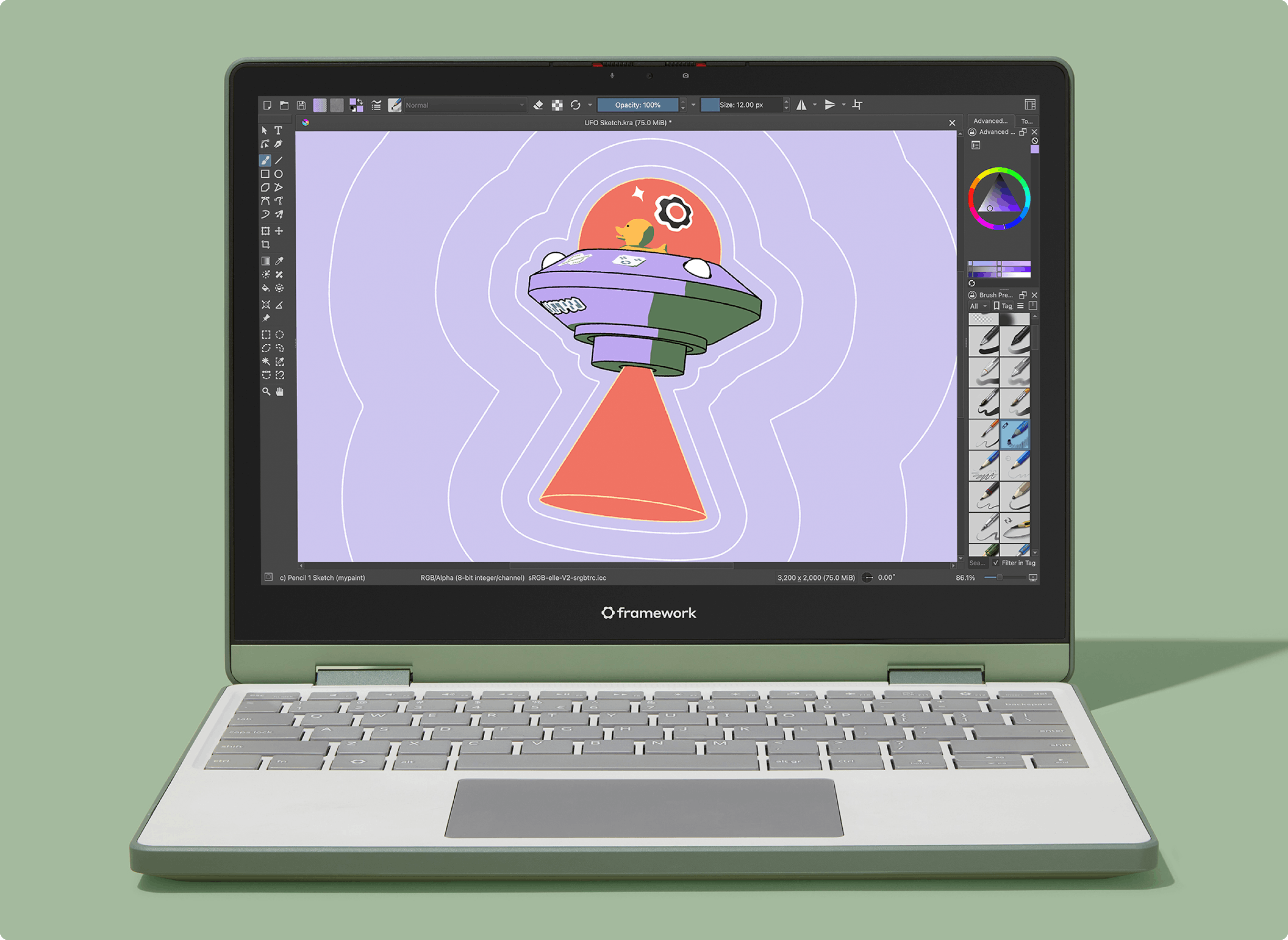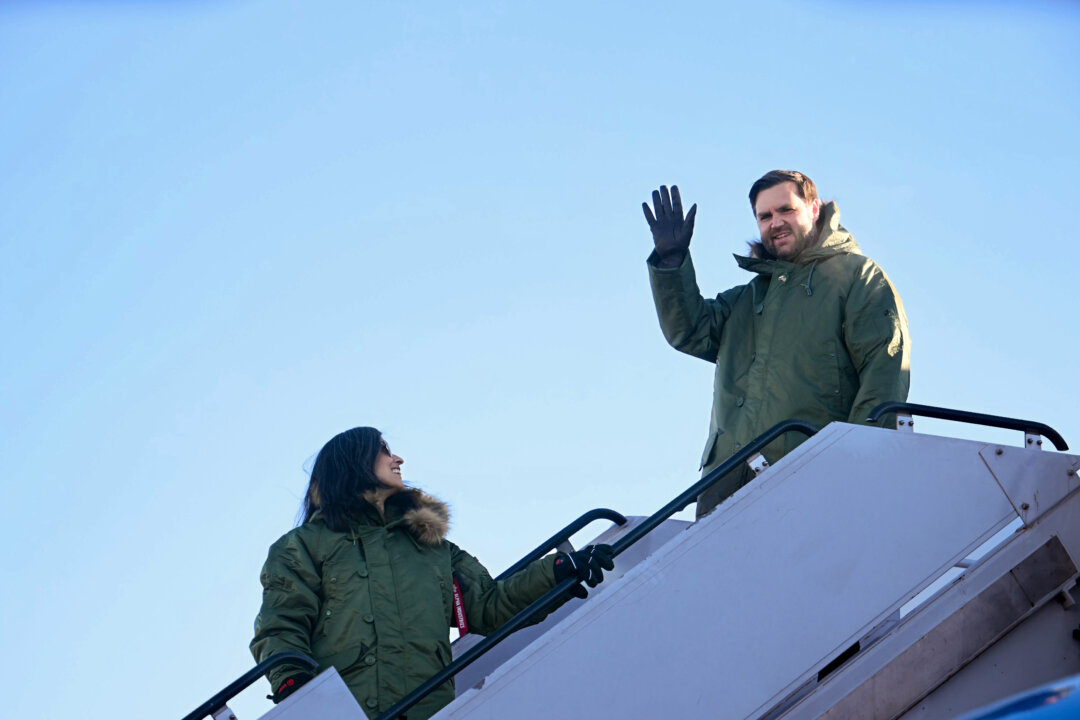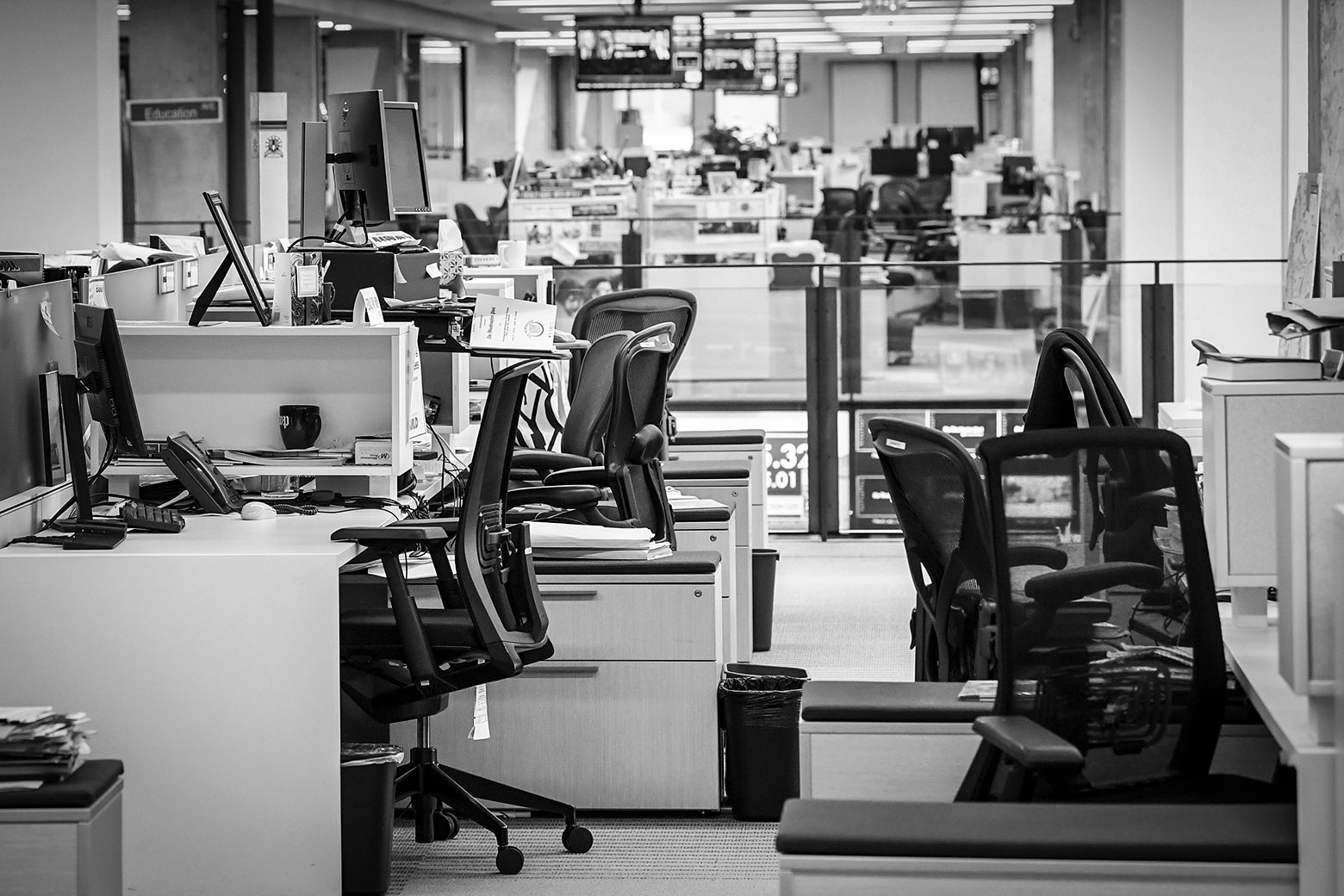
Tesla has reportedly yet to start testing its robotaxi service in Austin without a safety driver behind the wheel – just weeks before the planned launch.
For months now, Tesla and CEO Elon Musk have been hyping the launch of “Tesla Robotaxi”, a Uber-like ride-hailing service powered by autonomous Tesla vehicles, starting with a launch in Austin, Texas in June.
We have extensively reported that this launch is disappointing compared to what Tesla promised for years: that all its consumer vehicles built since 2016 are capable of self-driving.
Instead, Tesla plans to build an internal fleet of “10-20” Model Ys and have them offer ride-hailing services in a geo-fenced area around Austin, Texas, helped by human teleoperations. This is very similar to what Waymo has been offering in other cities for years, specifically in Austin, for months now.
Even with the significant downgrade in self-driving capabilities promised with this project, there are many doubts about Tesla’s ability to achieve the lesser goal.
That’s because the robotaxi service will be based on Tesla’s ‘Supervised Full Self-Driving’ program, which is currently achieving about 500 miles between critical disengagements fleet-wide, according to the latest crowdsourced data.
Tesla will be able to improve on that by optimizing a version for the geo-fenced area in Austin and it has been training its neural nets for that for months with vehicles going around Austin.
However, a new report now claims that Tesla has yet to start testing its service without safety drivers at the wheel – similar to Tesla’s public ‘Supervised FSD’. The Information wrote in a new report:
Elon Musk’s deadline for launching Tesla’s first robotaxi service, in Austin, Texas, is weeks away, but the company hadn’t started testing its cars without a human safety driver as of last month, according to an engineer close to the testing and a former employee. That’s a crucial step required before Tesla can launch the pilot service for customers.
For comparison, before launching its paid ride service in Austin, Waymo tested its vehicles with safety drivers in the area for 6 months and then without safety drivers for another 6 months.
Waymo has now taken over a significant market share of ride-hailing rides in the Texas capital, but it still has limitations; for example, it doesn’t drive on the interstate.
The report also mentions that Tesla has been working with local emergency services in Austin to develop intervention plans in order to avoid causing issues if its autonomous vehicles fail.
Electrek’s Take
This is the biggest softball goal. It’s a fraction of what was promised, it’s something that others have achieved before. It’s a punt created for Tesla to finally get a “win” in self-driving.
If they can’t even make it, it would be disastrous, but at least, I hope that it will finally open the eyes of many Tesla shareholders to the reality that Tesla is actually behind in autonomous driving and that Musk’s latest claims that Tesla will have “millions of robotaxi on the road” in 2026 are just the same as when he claimed it would happen in 2025, 2024, 2023, 2022, 2021, 2020, and 2019: corporate puffery.
My main concern now is for public safety. I have little hope of US regulators being able to stop Tesla considering Trump is firing anyone who got in Musk’s way after he gave him over $250 million.
If Tesla brings its cowboy approach to this, it could get bad quickly.
FTC: We use income earning auto affiliate links. More.









 English (US) ·
English (US) ·